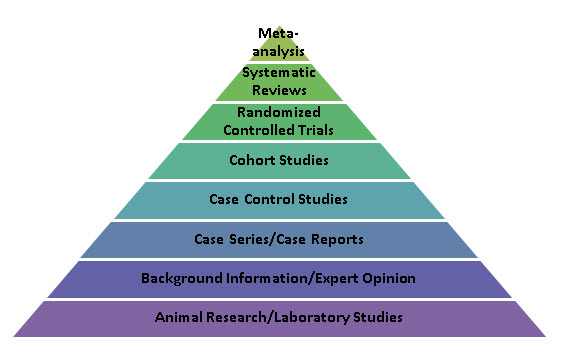Ever wonder which type of social norms intervention is most effective for reducing risky alcohol use in college students?
The Cochrane Library has just updated a 2009 review with a new meta-analysis titled “Social norms information for alcohol misuse in university and college students.” It examined a range of interventions, such as personalized normative feedback (face-to-face, internet, or mail) and social norms marketing campaigns. It found that face-to-face personalized normative feedback was likely to have beneficial effects on alcohol-related problems and for drinking frequency.
Unfortunately, only three social norms marketing studies were included in this review, very likely due to the requirement that studies use randomized controlled designs. While only one of the three studies showed a positive impact on problem drinking, it should also be noted that no harmful effects of these campaigns were found. Of the three studies, the two U.S.-based studies were headed by one prominent social norms researcher, William DeJong. Thus, the meta-analysis of social norms marketing campaigns was severely limited in its ability to draw conclusions about the effectivenss of this type of intervention.
Also, the standardized quality checks in the meta-analysis did not assess the quality of the interventions themselves. Quality in social norms marketing intervention includes fidelity to the process of developing and implementing messages; audience involvement is a key component of this process. Other measures of intervention quality, such as audience penetration, marketing materials, and survey measures, were also omitted. In short, more research to evaluate the effects of social norms marketing campaigns is needed. Randomized controlled trials remain the “gold standard” research design for maximizing internal validity; however, social norms marketing campaigns have been shown to be effective in slowly reducing harmful drinking behaviors over a period of years.
For practitioners deciding which interventions to use, this Cochrane Review is useful for its rigor, but needs to be supplemented with other types of program evaluations.
Graphic source: NCU




